In 2008, at the dawning of what was supposed to be the era of a “post-racial” America, writer Mat Johnson and artist Warren Pleece released Incognegro. A gripping (and often disturbing) piece of graphic fiction, the book followed the work of Zane Pinchback, a Harlem-based journalist who exposed the brutality of commonplace racism in the South during the 1930s. The book, originally published by Vertigo, remains one of the finest pieces of realist fiction about America’s pernicious racist past.
When it was revealed last year that veteran editor Karen Berger would start her own imprint over at Dark Horse, one of the first surprises was the announcement that the standalone Incognegro would be revived, and with a prequel to the original series. (Berger is the editor for Renaissance.) Before the prequel’s publication, I had the good fortune to chat with Mat and Warren and I asked them about how they felt about the reaction to the first book, the influence of 1920s literature, and where they feel America is headed in the post-Charlottesville era of racial awareness.
Stick around to the end of the interview to see the exclusive reveal of issue #4 of Incognegro: Renaissance.
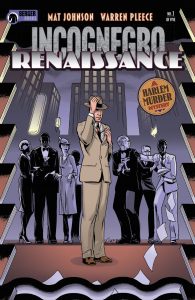
AJ Frost: Mat and Warren – Thank you for taking the time to chat. I first came across Incognegro when I was in graduate school, during a time when I was both exploring the realist American tradition in literature as well as comics as a serious form of creative dissemination of big, personal ideas. On its own, Incognegro is as stark and frank a depiction of America’s racist past that has ever been explored in graphic form. Looking back, what did you set out to achieve with Incognegro? And in the years since its original publication, how have you felt about the reaction to the book?
Mat Johnson: I wanted to tell a story I’d never seen told in comics before. And I wanted it to take place in a world that I hadn’t seen in comics before either. I think this story would have been more “normal” as a literary novel, but it offered a chance to do something really interesting in comics, both in seeing how the form could bring the story to life in a powerful way visually, even for people who don’t know much about the people. And in the forms potential to reach people who would never pick up a novel or history book about the period or the issue of lynching in America.
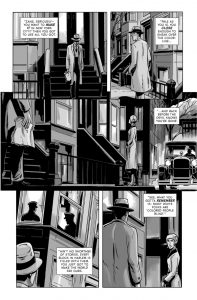
Warren Pleece: In terms of the book’s reaction, I don’t think I’ve worked on anything else that’s engaged so many readers in such a positive way. The fact that it’s essentially an edgy page-turner, but also well rooted in historical fact made it a big draw in colleges and universities teaching around race, identity and the era. I always felt it was a high point in my career, so I’m so glad it’s back and better than ever.
Frost: Would it be wrong to assume that certain events that have occurred in the years since the original publication of Incognegro inspired a reexamination—maybe a need—to delve into the unhealthy obsessions of race, power, and privilege in the American construct?
Johnson: Well, unfortunately, America’s issues are still America’s issues, and while I feel we have made some real progress in negotiating our legacy of race, we still have a long way to go in understanding how our legacy of being a slave nation still affects us today in terms our economic realities, our prejudices, and the mythologies we build our national identity. Unfortunately, the shoe still fits, as far as that part of the story. Hopefully, other aspects of the story, for instance, the exploration of the fluidity of identity, speak to more universal issues.
Frost: Even though this comic takes place in the 1920s, do you expect readers will pick-up on certain turns of phrase that point to how much (or how little) progress has been made about talking openly and honestly about racial issues in America?
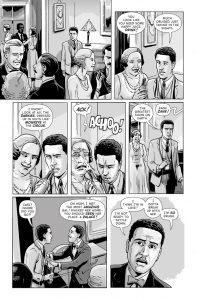
Johnson: It’s still English, so I think most people will be okay. The way we learn most words is not through a dictionary, but in hearing the context in which they’re used. So, I think just based on that most words and phrases become accessible.
Frost: In the original comic, readers follow the work of veteran investigative journalist Zane Pinchback as he travels to the deep south to report on the brutal reality of lynching. In your new series, subtitled Renaissance, we see Zane in the early years of his career. When did the notion that a prequel, indeed, any re-exploration of the characters and ideas found in Incognegro, become a tangible one? And Mat, what sparked your particular interest to return to the story of Zane Pinchback?
Johnson: We always intended to do more stories, and I love the Harlem Renaissance. It’s where I’d stop my time machine first if I could. So, the chance to do a story there was bucket list territory. The new storyline takes inspiration from two central Harlem Renaissance novels: Infants of the Spring by Wallace Thurman, and Carl Van Vechten’s Nigger Heaven, and the chance to play footsie with those works and this historical moment was too tempting.
Frost: In Incognegro, one of Zane’s primary tools for being a successful investigative black journalist in the South is his ability to “pass” as white. And in Renaissance, he (light spoiler) is highly conflicted about using this ability in a journalistic setting. As this is a black and white comic, I’m sure the ability to convey this phenotypical construct was an arduous task. Warren, what was the most challenging part of depicting this nuanced character beat?
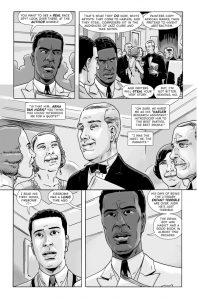
Pleece: Essentially, it’s all down to the pre-planning sketches until I’m happy with that character’s authenticity. Little nuances can make all the difference. In comics and visual storytelling, I guess the skill is to use as little information as possible to represent your characters, so the reader isn’t too aware of the process. In the original version I was just working in black and white and that worked fine, but for the new version and for Renaissance, I’m using grey tones to flesh things out more, so artistically, it adds an extra dimension.
Frost: I took the subtitle of this comic to be a nod to the Harlem Renaissance, one of the most fertile social and artistic movements of the twentieth century. What influential figures or ideas from that era, if any, directly inspired the story of Incognegro: Renaissance? And as a follow-up, in the first issue, there is a direct reference to W.E.B. DuBois. Did any of his epistemology about race in America factor into the creation of this comic?
Johnson: The Souls of Black Folk by W. E. B. DuBois had a huge effect on my intellectual development, as it did on the entire twentieth-century discussion of race. I used to volunteer at the DuBois Center at the site of his former home and resting place in Accra, Ghana. He definitely paints the way I think of that historical moment. But, confession, as a fiction writer, my loves in that era are those writers: Zora Neale Hurston, Wallace Thurman, Langston Hughes, Jean Toomer. I just want to go to a speakeasy with them and hang out.
Frost: In this post-Charlottesville age, how important is it that stories–especially stories in the medium of comics (which, let’s face it, historically have not been that great at providing such stories in the first place )–that focus on minority experiences are not only produced and distributed but created through a lens of fidelity to truth, even when that truth is painful?
Johnson: Fiction’s superpower is its ability to enable empathy. The more we can get the chance to get into the minds of people outside our own immediate experience, our own era, the better. And for others, people who see themselves in these characters, it also can be incredibly important to see aspects of your own experience legitimized in story as well.
Frost: Ultimately, throughout the course of this series, what do you want to readers to walk away with understanding, besides the obvious point of reading a good, captivating story?
Johnson: I want to give them a time machine. At with that time machine, I offer, what they call in Akan culture in West Africa, Sankofa: the chance to understand the future by looking to the past.
Frost: Again, thank you for taking the time to talk!
Johnson: Thank you!
The first issue of Incognegro: Rennaisance goes on sale February 7. Make sure to visit your local comic shop and pick it up! And now, an exclusive reveal of the fourth issue cover of Incognegro: Renaissance.


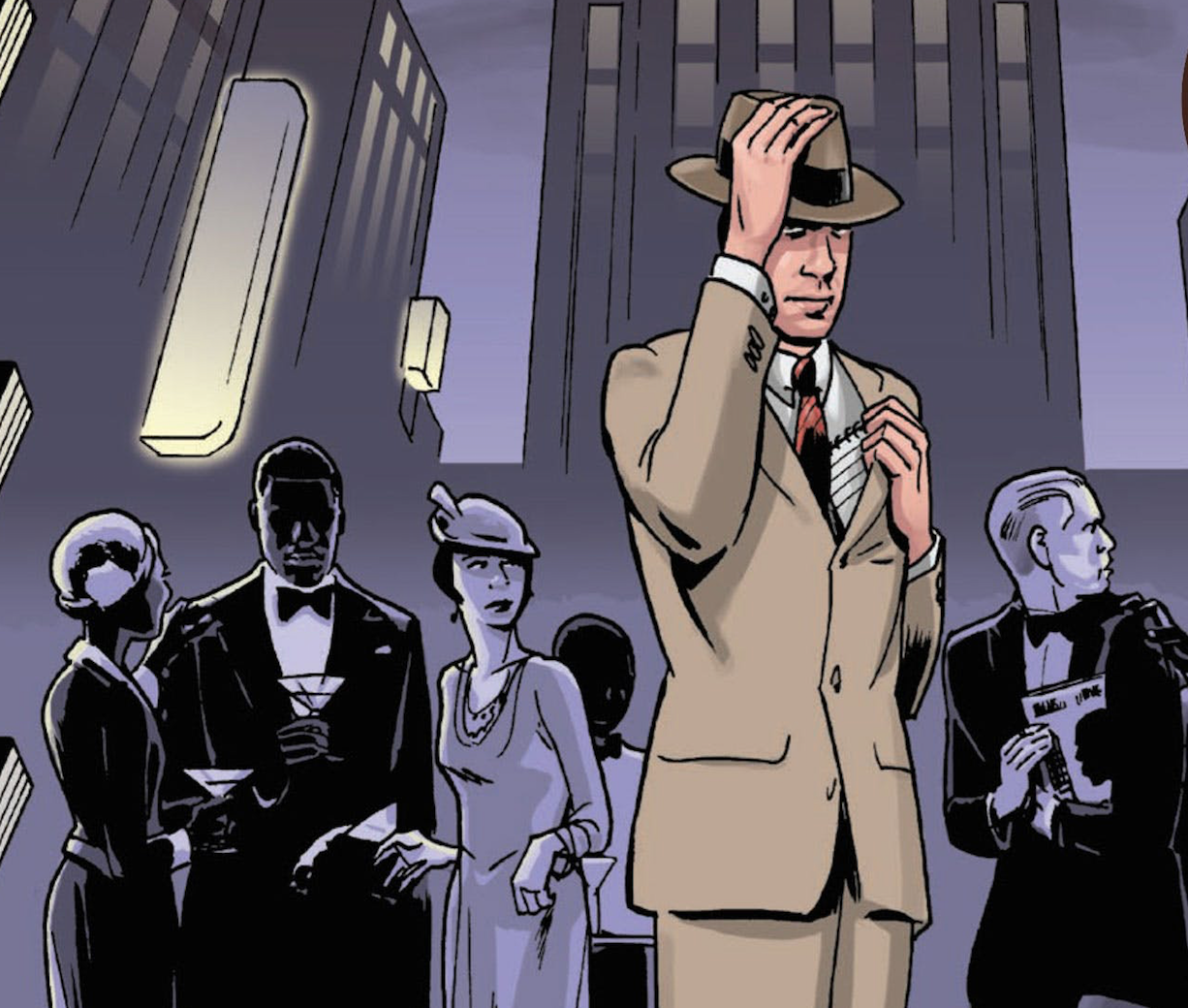
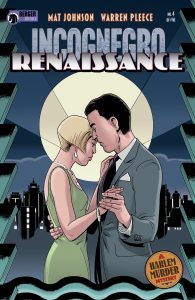



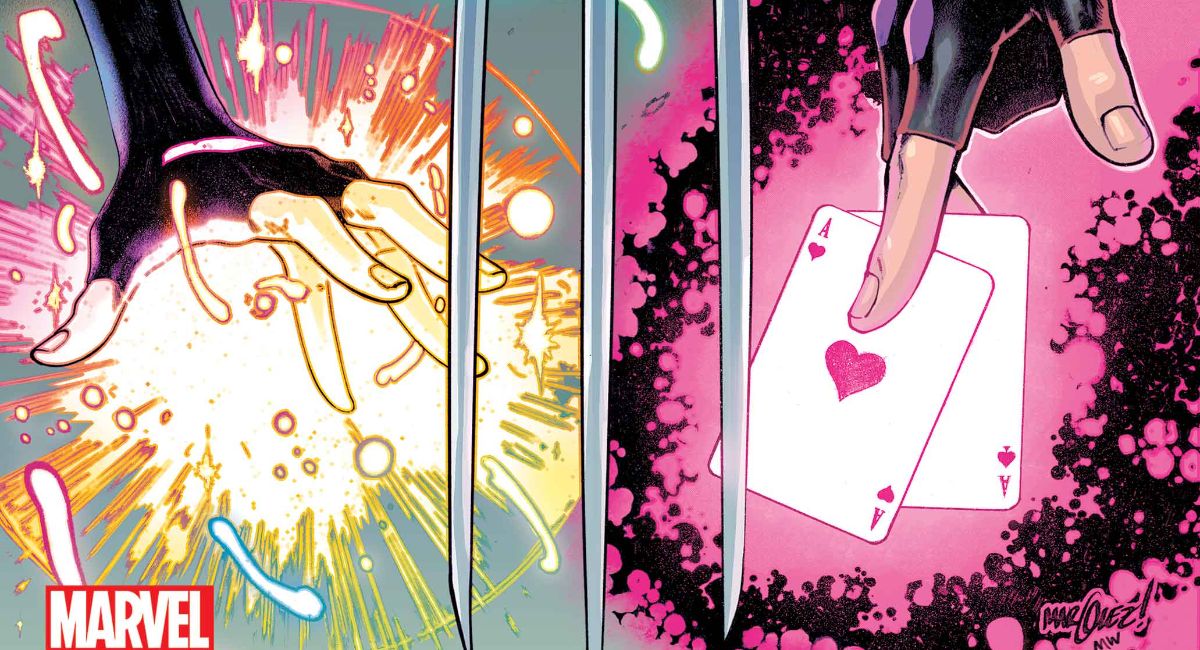



Comments are closed.